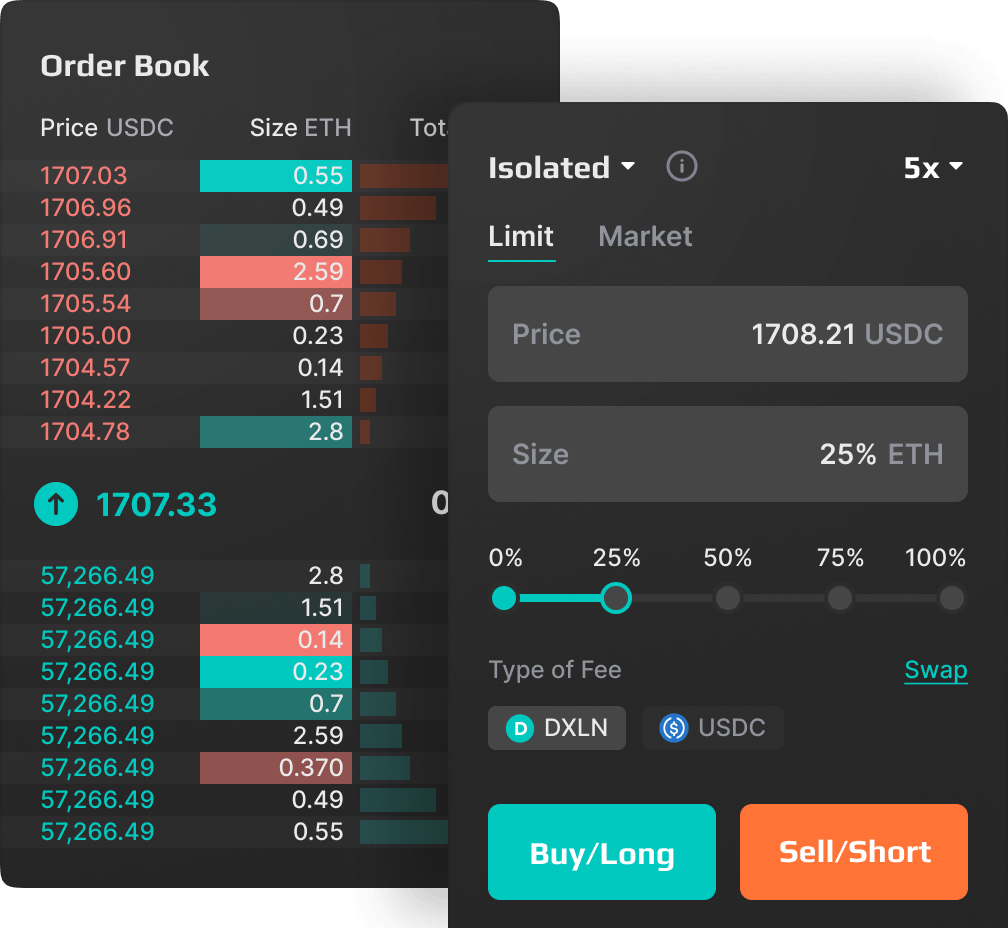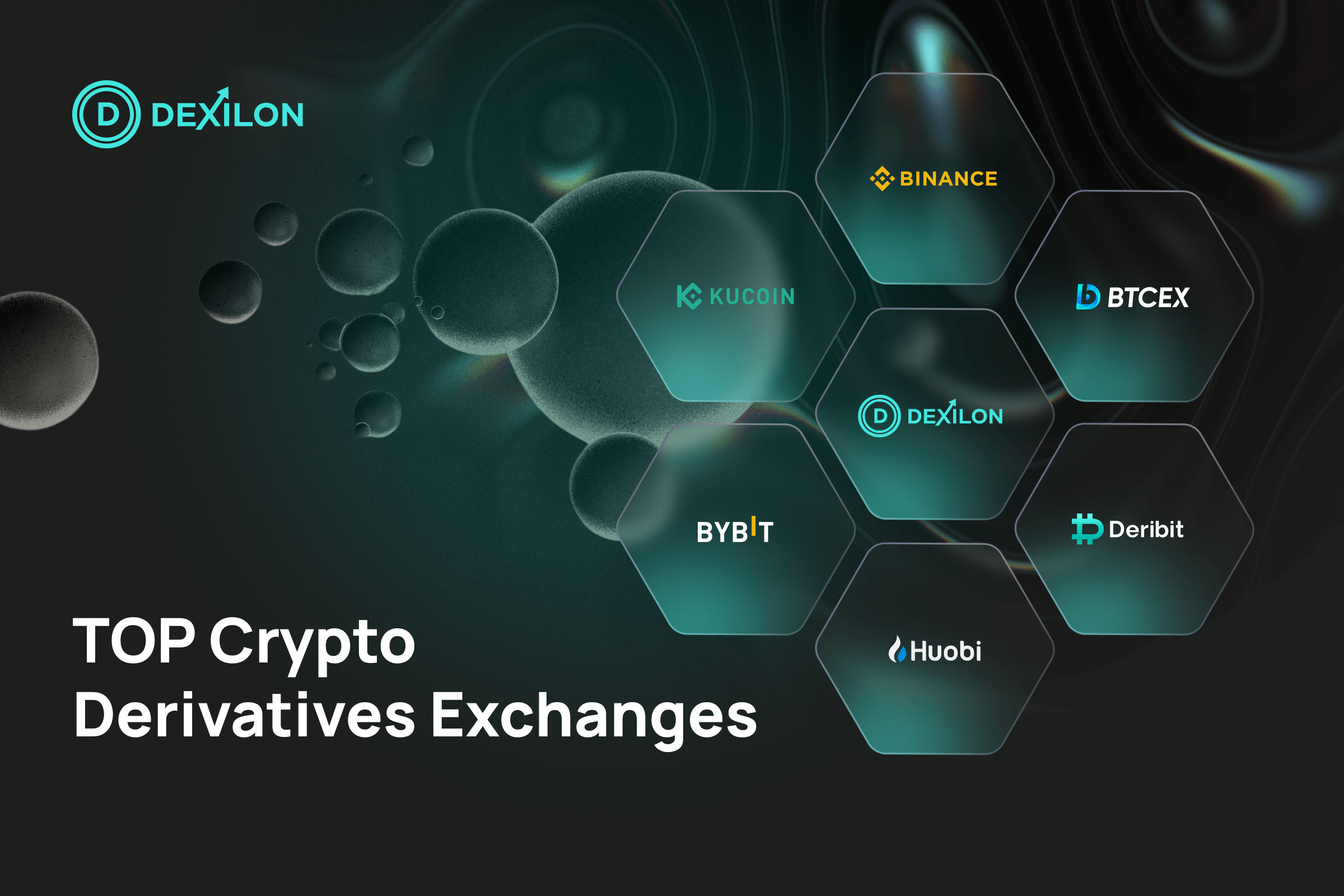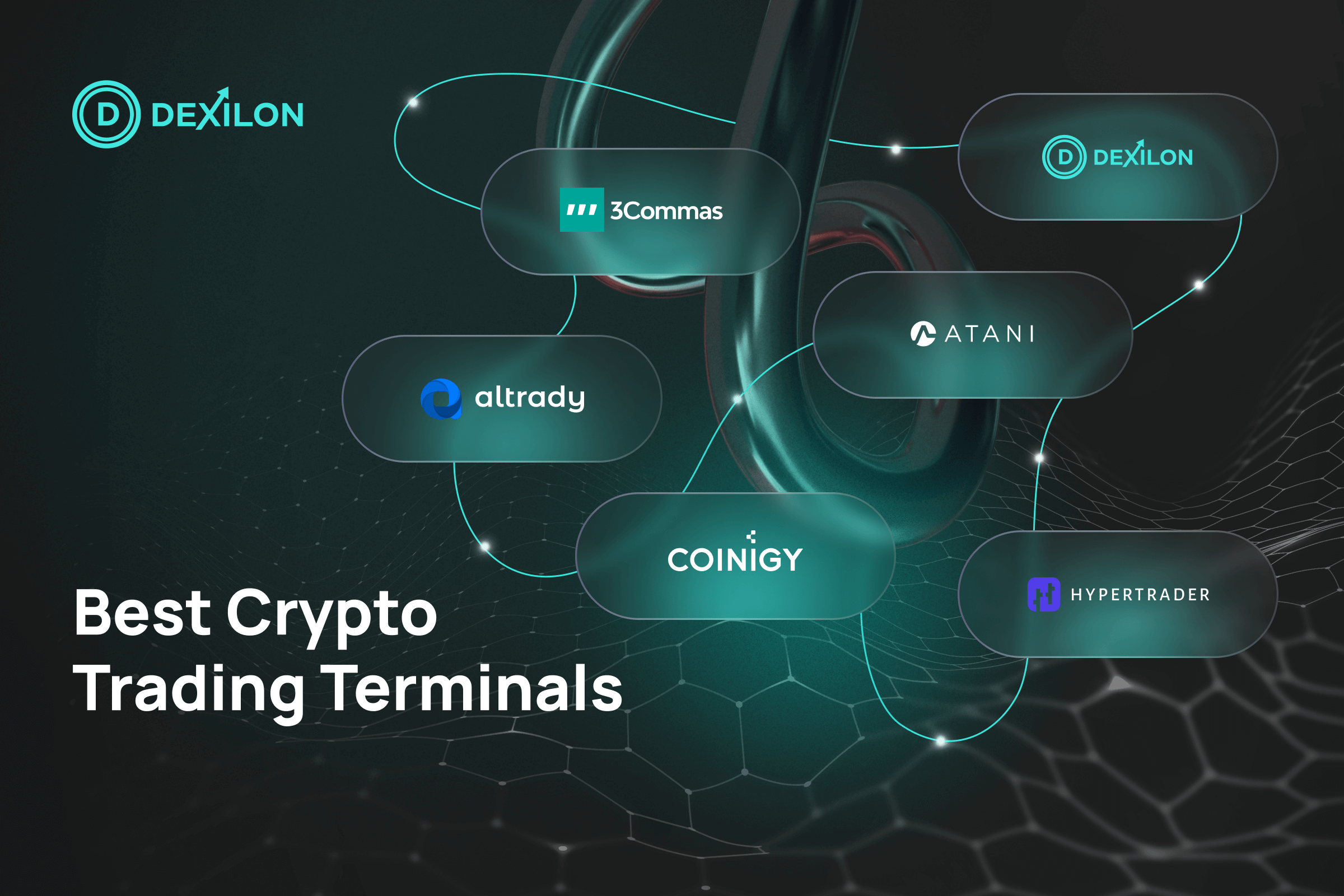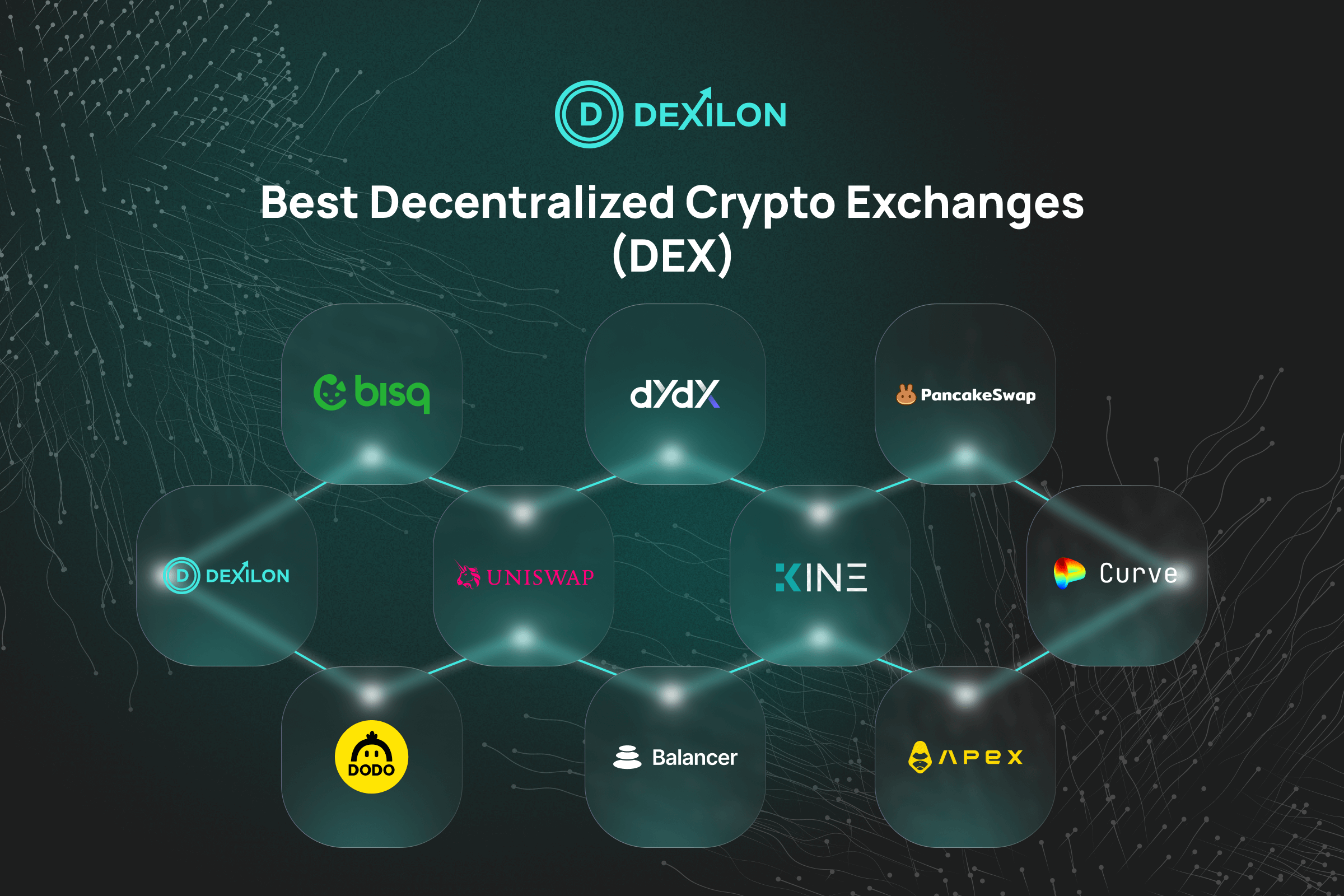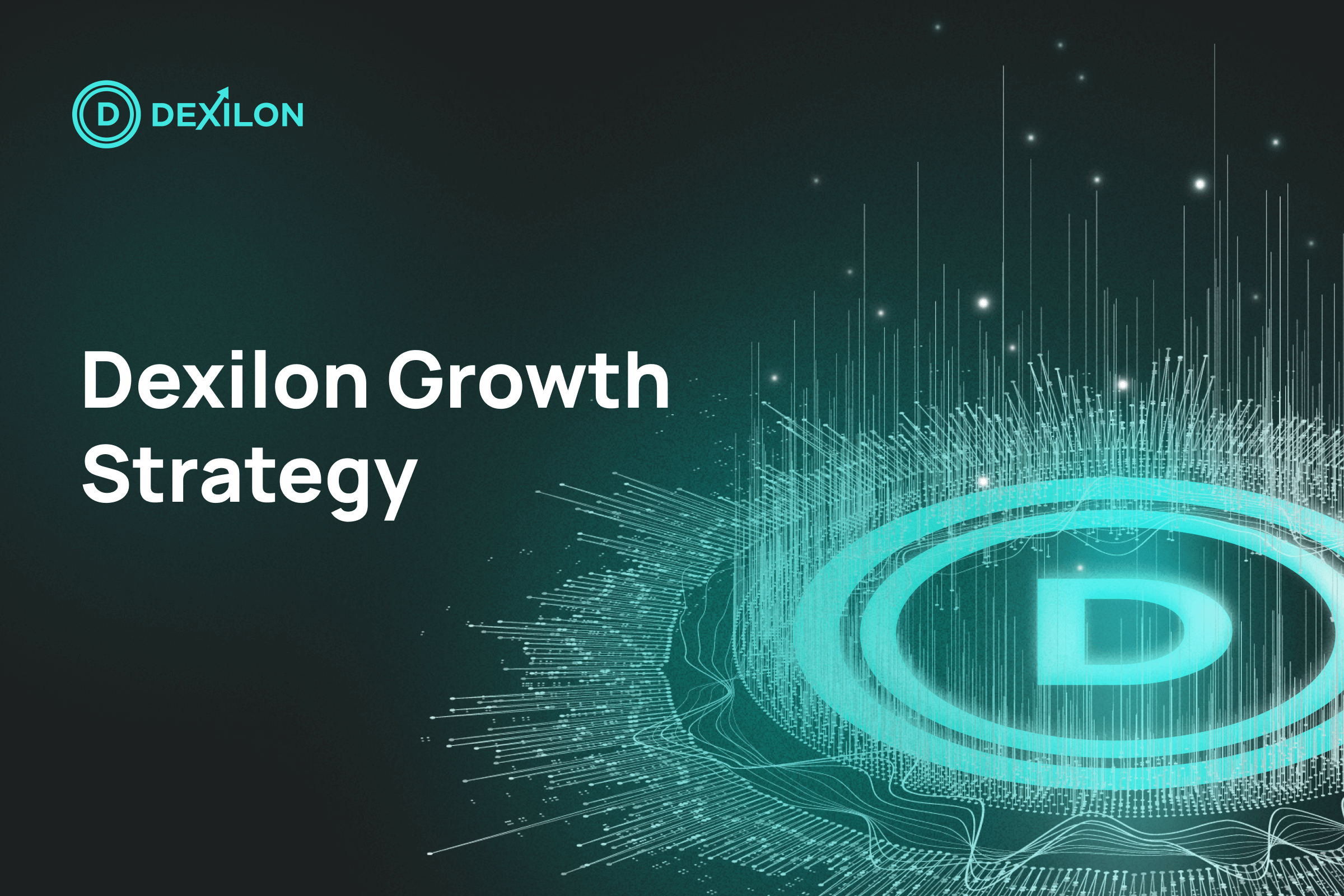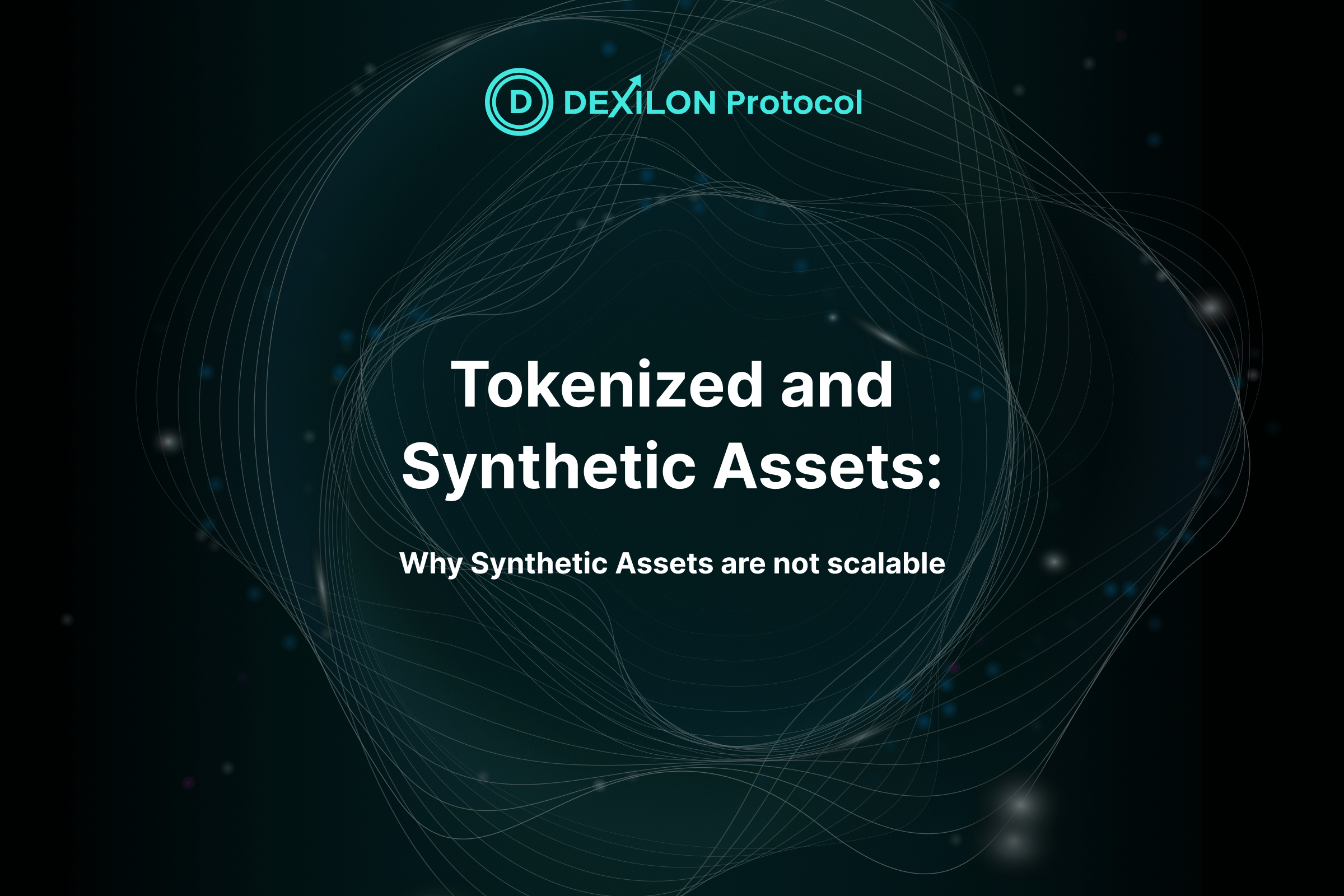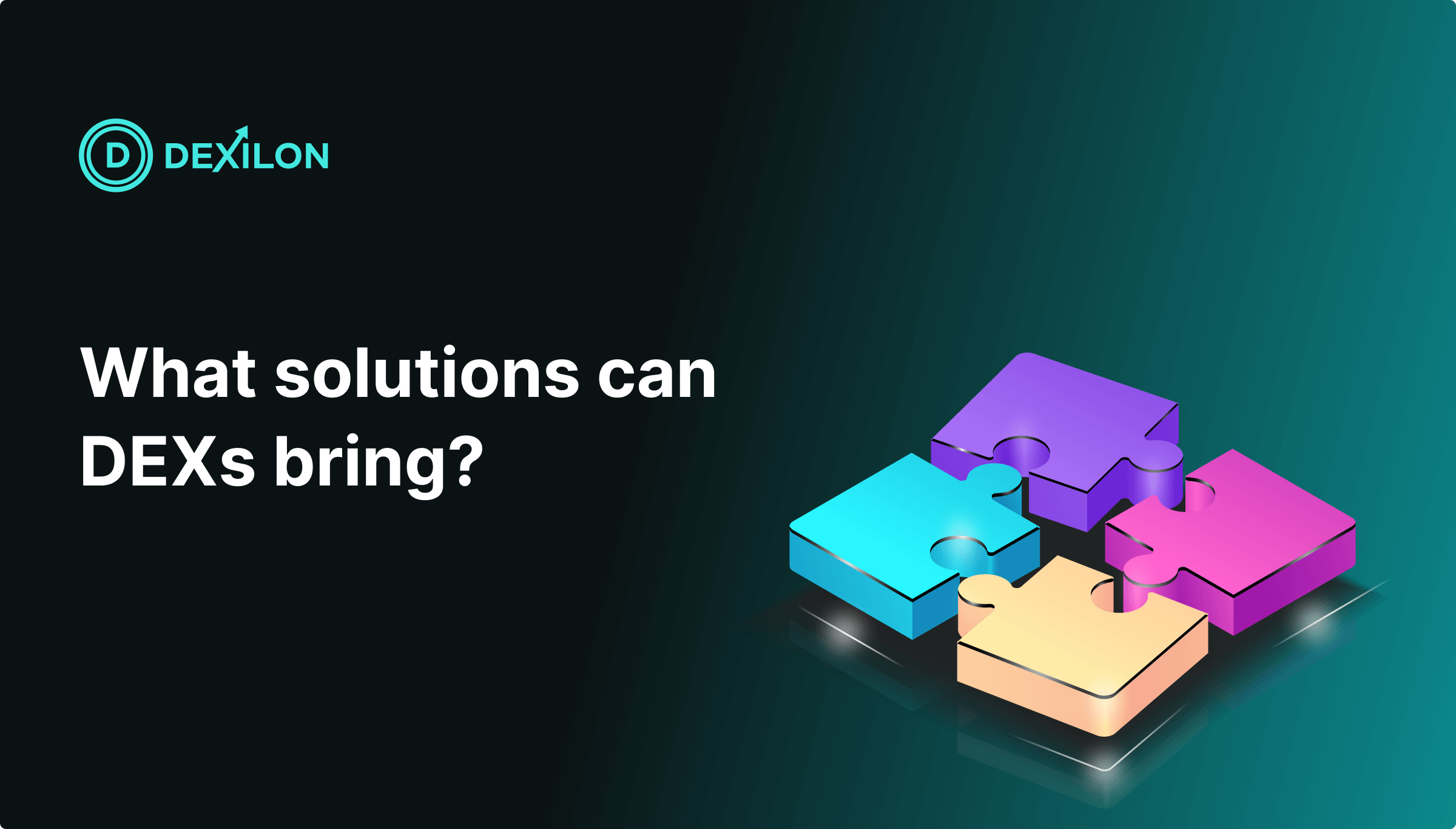Tokenized and Synthetic Assets: Why Synthetic Assets are not scalable
19, May, 2022 • Maxym AptilonSince the advent of Bitcoin, the perception of money has changed. The first virtual coin has launched an enormous transformation of the way we can pay for services buy goods and opened for us lots of opportunities to gain money.
Distributed ledger technology, like blockchain, is one of the innovations that have opened floodgates to multiple ways to invest. Such technology allows you to tokenize any property, like art, company shares, buildings, funds, services, equity, etc. So what is tokenization, and what are tokenized assets? Let’s discover.
What is Tokenization: Definitions
Although tokenization may sound complex, it is actually quite simple. Tokenization of assets is the process of creating digital tokens representing digital or physical assets on a distributed ledger or blockchain.
Simply put, tokenized assets is the process of generating an informatic code that presents the key characteristics of an asset, exposing some functions that allow the user to interact with the digital representation of that asset.
The technology guarantees that once you own tokens of an asset, no one else can be the owner of the chosen property.
What are Tokenized Assets?
The digital token can be defined as a piece of software with a unique reference to an asset, properties, and/or legal rights. Despite the fact that similar pieces of software can be created, the fact that a token runs on Blockchain distinguishes it from other digitalization methods. Due to the blockchain technology allowing to make a digital token, different companies can collaborate. Thus, all parties can update and check information seamlessly.
Types
There are two types of tokenized assets: fungible and non-fungible.
- Fungible tokenized assets are interchangeable, meaning they can be exchanged one with another of the same kind as an essential asset feature.
Another characteristic of fungible tokens is divisible, so it’s possible to buy a decimal place of the asset. For example, the famous cryptocurrency Ethereum (ETH) can be divided into 18 decimal places. Therefore, it makes it possible to buy not the whole coin but its part (up to 0.000000000000000001 ETH).
- Non-fungible tokenized assets (widely known as NFTs), contrary to the fungible, can’t be interchanged or replaced with assets of the same type because each NFT is unique. Also, they are unique and non-divisible.
Advantages of the tokenization
- Low risk from data breaches
The tokenization process protects businesses from the adverse financial effects of a data breach. It is unlikely that any valuable personal data will be stolen, even if a breach occurs. Even though tokenization can’t protect your company from a data breach, it can reduce the financial impact on your company in the event of one.
- Reduced Cost
By automating, keeping clear records, and using the public internet, it’s possible to reduce costs significantly, with blockchain lowering bond issuance costs by up to 90% and fundraising costs by up to 40% compared with the traditional private placement.
- Improved Liquidity
Private equity and real estate are believed to be worth $4 trillion. Still, tokenization provides a way to trade previously illiquid or non-fractionable assets (like private placements and real estate) to a global investor pool.
- Customers trust
According to statistics, many people stop trusting the company if their data is hacked. Therefore, tokenization represents a perfect security tool that fosters customer trust, as it protects from server attacks.
- Greenlight to your business
Tokenization facilitates the process of meeting and maintaining regulatory compliance. The key point is that leading payment technology companies offer tokenization as part of their payment processing services. Thus, you can focus on growing your business while your payment partner reduces the amount of red tape to help you remain compliant.
- Payment innovations progress
Tokenization is increasingly becoming the predominant payment method for in-store payments from customers’ mobile devices. Mobile wallets such as Apple Pay and Google Pay store consumers’ credit card information as a token. Smartphones themselves offer additional security through biometric authentication and other advanced security features.
By tokenizing payments, eCommerce becomes safer, and user experiences improve-whether online, on mobile, or in-app.
What are Synthetic Assets?
The term – Synthetics is a set of financial instruments that are made to ape other instruments while varying key characteristics, including duration & cash flow. Synthetic Assets traditionally combine derivative products — futures & swaps; or options that simulate fundamental assets like stocks, currencies, commodities, indexes, bonds, or interest rates.
How Do They Work?
As we wrote earlier, synths simulate the value of the fundamental assets. Also, they track the fundamental assets’ value and make it feasible to access these assets to individuals deprived of having them. The variety of Synthetics is presently limited to 2 types:
- Normal Synths (Positively correlated with fundamental assets)
- Inverse Synths (Negatively correlated with fundamental assets)
What Challenges Do They Face?
With all their novel potential & ideals, Synthetic Assets in the modern market also have their share of roadblocks & challenges to mass adoption. Now, let us discuss some of these:
- Limited Scope: Presently, investors can trade in only a limited number of assets such as Synthetix or UMA.
- Lack of Attention: Honestly, already existing synthetics do not catch our attention. Even the US stocks have hardly received prominence since the investors have various high-volatile choices in cryptocurrencies.
- Lack of Retail Market: The synthetic market requires multiple transactions to work out for retail users. Often, the investors who enter synthetic markets are from the mining community, who enjoy their incentives and not the customers that the product team envisioned.
- Difficult to Scale Participation: Routinely, large & potential investors enjoy direct access to the synthetic market, whereas smaller investors are deprived of this access.
Are There Any Possible Solutions?
After understanding the challenges of Synthetic Assets, now it is time for us to go through the solutions for them. From making the access of synthetic assets more decorative and offering extra incentives for development, we require them all. A more liquid market for synthetic assets that is gamified to boost participation and open to all the investors with less or no industry knowledge — is the catalyst that the sector needs.
In other words, it is important for the markets to be able to trade in a more extensive number of Synthetic assets and attract more investors.
Summing Up
Synths simulate the value of the basic assets (like stocks & bonds) and track their value to make them feasible & accessible to fresh investors as well. Although in this process, we are facing various challenges such as limited entry, complex nature, and difficult to scale participation. However, if a liquid market is created for this asset class, it would help expand the reach and scope.
